He then led the Fincastle (Kentucky) County company for the 8th Virginia in 1776. After his company was decimated by malaria in south, he was detached to lead a new company in Morgan’s Rifles and took part in the first major American victory of the war at Saratoga. After the war, he served in the legislatures of Virginia and Kentucky (after it separated from Virginia) and served in the Kentucky militia as a colonel. In 1805 he married the widow of his neighbor and friend, Benjamin Logan.
I drove by the creek one more time and looked high up on the bluff on the opposite side. Through the trees, I could just make out a monument. Looking on my phone at pictures on FindAGrave.com, I decided it looked like Benjamin Logan’s grave marker. Knox’s grave is up there too, but can’t be seen from the road. The Logan cemetery was cleaned up in 2015. Already “neglected and overgrown” in 1923, it was described in 2015 as “in complete disrepair; you couldn’t even walk through it, you had to spread the trees and the bushes and the vines apart to even get through it.” My search for Knox’s grave is a perfect allegory for the story of the 8th Virginia. The story is out there, but it’s frequently very hard to find. Read More: "James Knox Was There Before Daniel Boone" (8/19/17) (Updated 1/27/21) More from The 8th Virginia Regiment
0 Comments
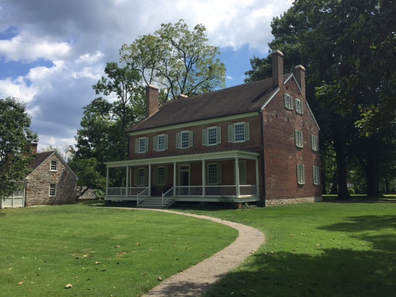 Locust Grove, built by 8th Virginia Captain William Croghan about 1792. Locust Grove, built by 8th Virginia Captain William Croghan about 1792. No other place does more to tell the story of the 8th Virginia Regiment than the house and museum at Locust Grove, near Louisville, Kentucky. It does this almost unintentionally. Locust Grove was the after-war home of Captain William Croghan (who was a major when the war ended). He married the sister of fellow 8th Virginia Captain Jonathan Clark and lived not far from Clark at the fall-line of the Ohio River (Louisville). This was a roughly 400-mile boat ride from his old home at Pittsburgh.For many 8th Virginia men, the opening up of Kentucky was their main reason for fighting in the war. Colonel Abraham Bowman, captains Croghan, Clark, James Knox, and George Slaughter all moved to Kentucky after (or during) the war. So did a large number of the regiment’s junior officers and enlisted men. I have compared this research to a jigsaw puzzle—the compilation of thousands of discrete bits of information from a multitude of sources. It was a bit of a shock, therefore to visit Locust Grove and find a place that seemed in so many ways to be a memorial to the 8th Virginia Regiment and its veterans. It isn’t actually that, of course. I don't think the regiment itself is even mentioned. Much more is said about Croghan's brother-in-law George Rogers Clark. But the museum’s exhibits wonderfully contextualize and illustrate the world of the 8th Virginia, before, during and especially after the war. Croghan was a very important man in Kentucky. He had money, land, and relationships. Much or most of that—including his marriage—came to him through his service in the war. The same could be said for many of his 8th Virginia comrades who prospered in the west. It was in large measure what they fought for during the Revolution: opportunity. |
Gabriel Nevilleis researching the history of the Revolutionary War's 8th Virginia Regiment. Its ten companies formed near the frontier, from the Cumberland Gap to Pittsburgh. Categories
All
Archives
June 2024
© 2015-2022 Gabriel Neville
|
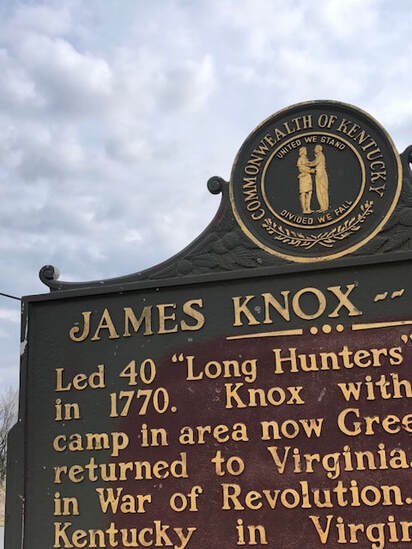
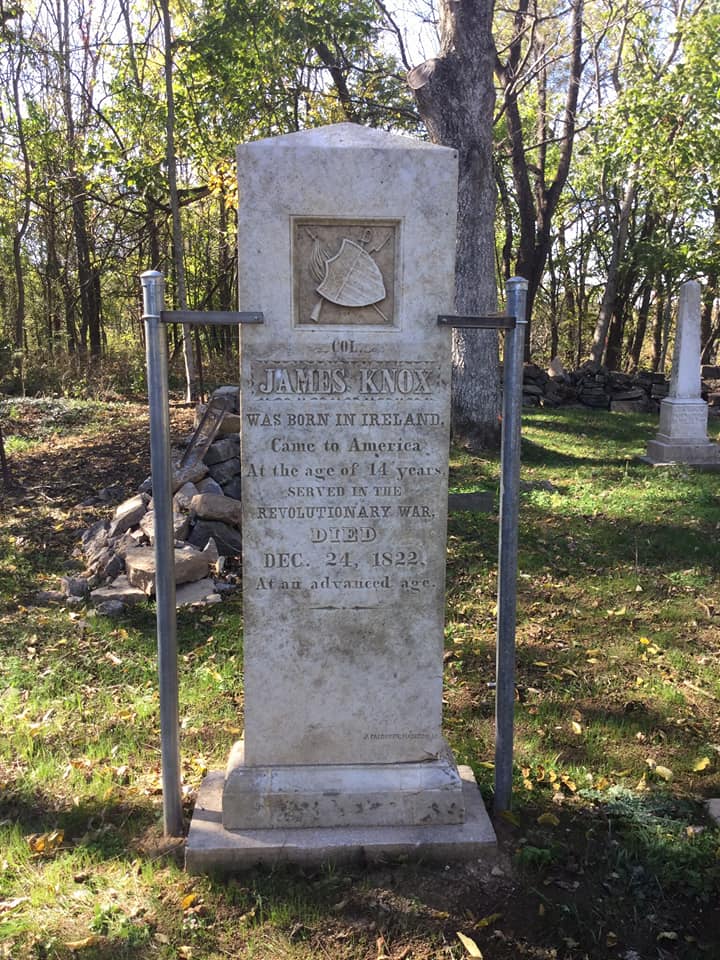
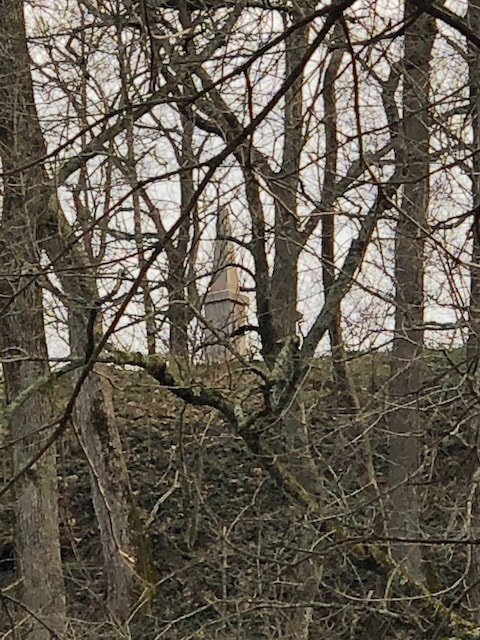
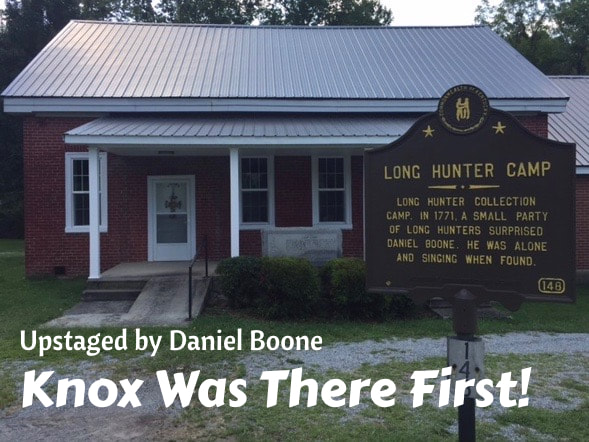
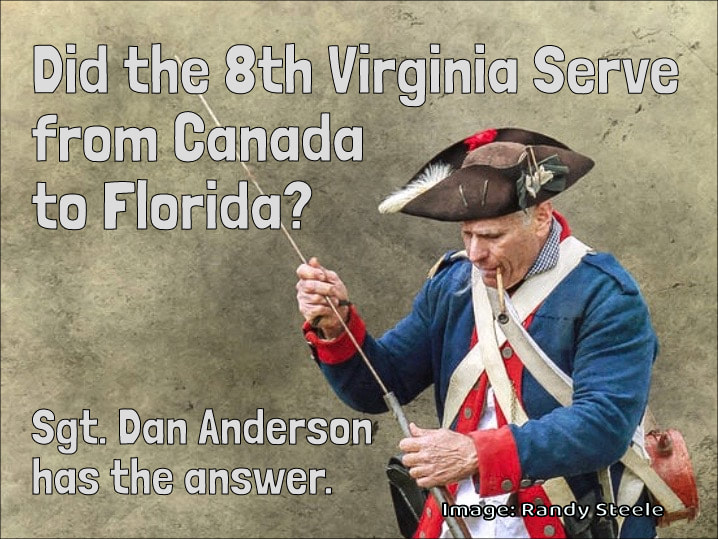
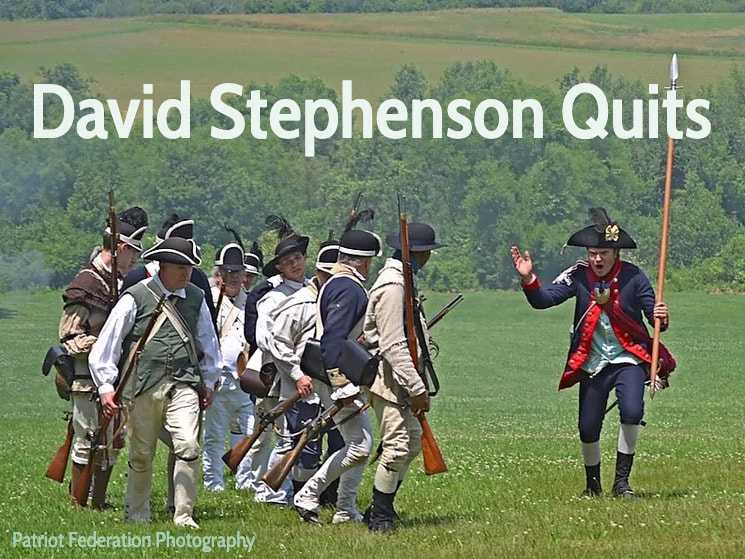
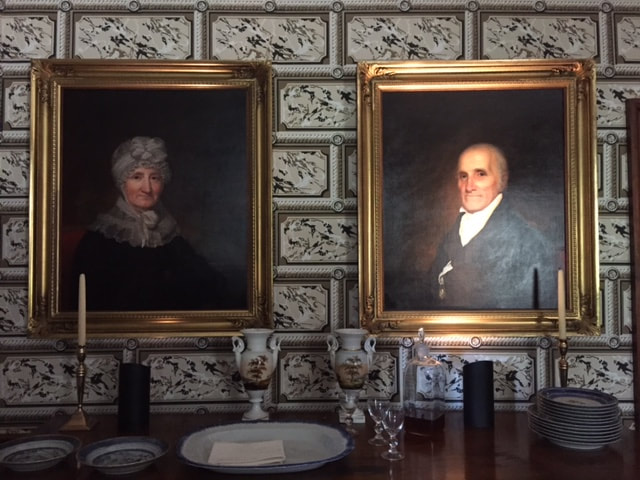
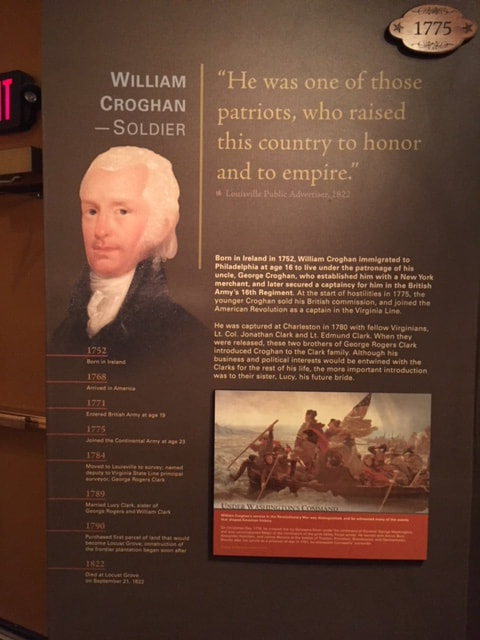
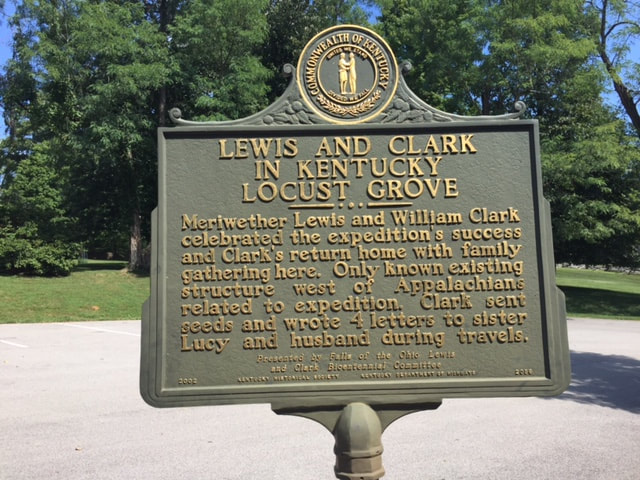
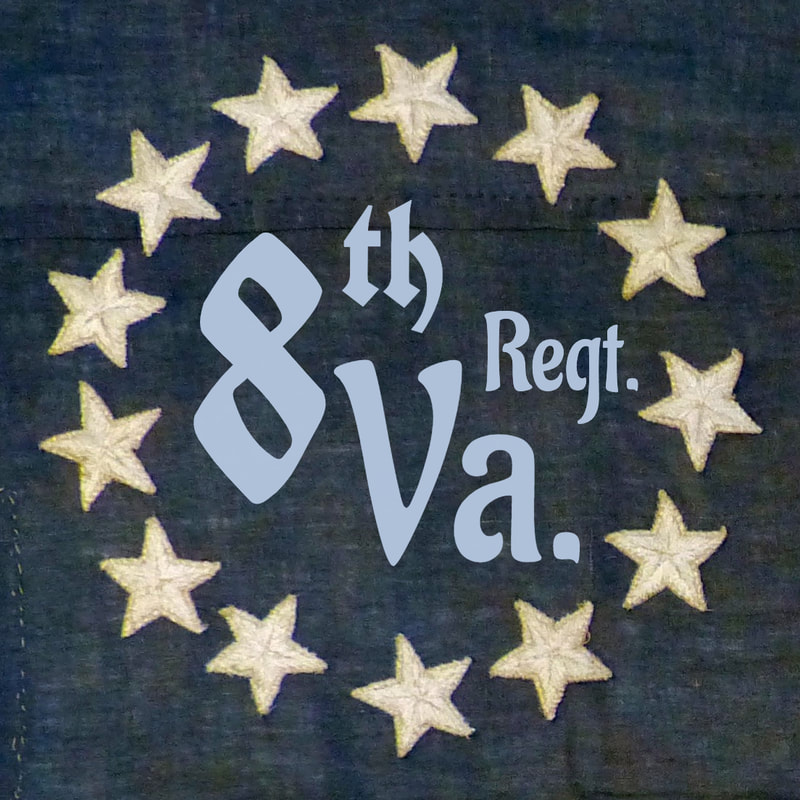
 RSS Feed
RSS Feed